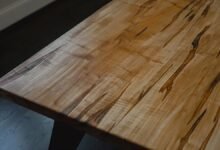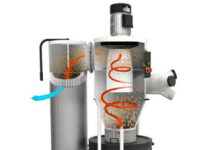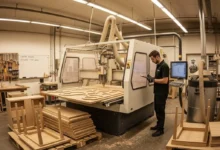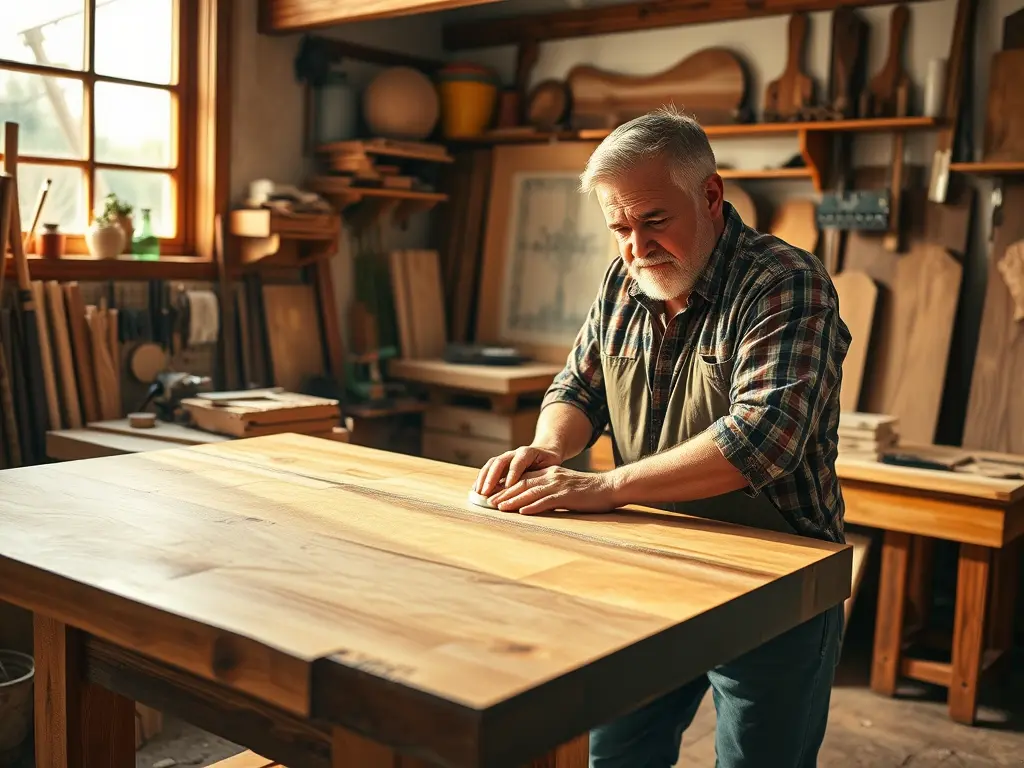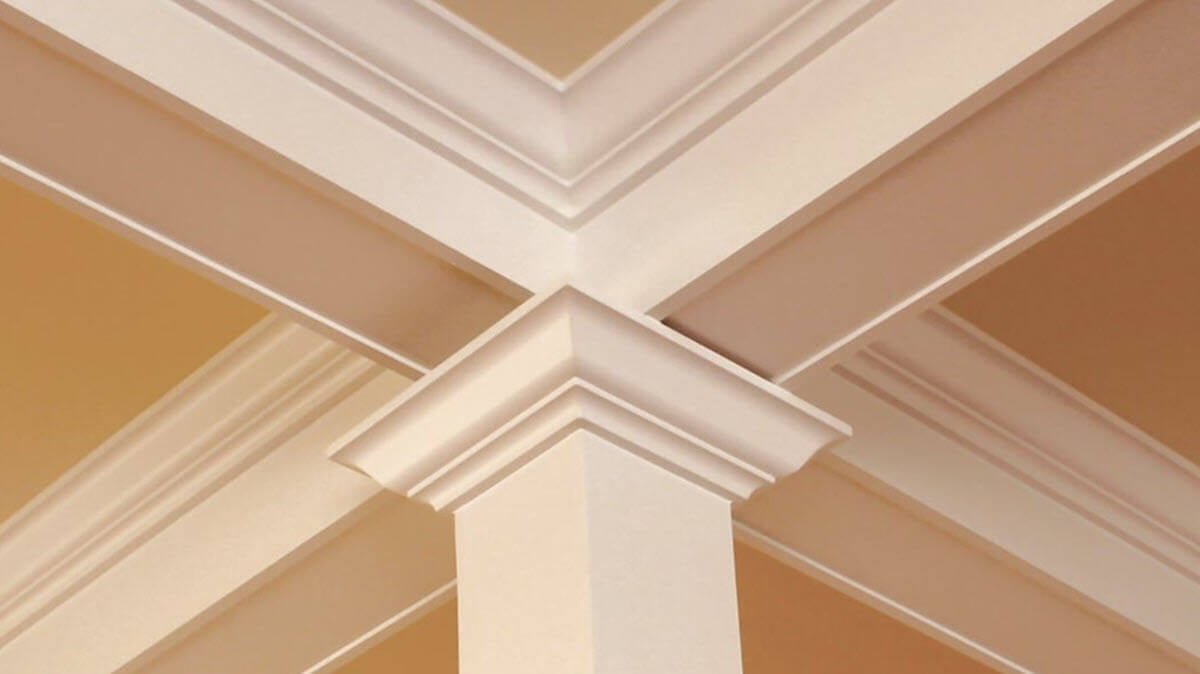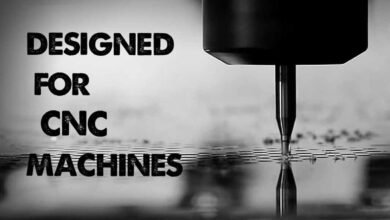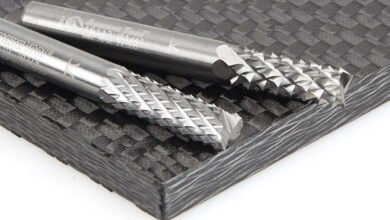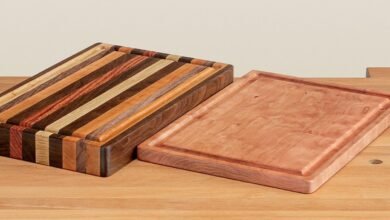Saw blade tooth geometry: the secret to the perfect cut
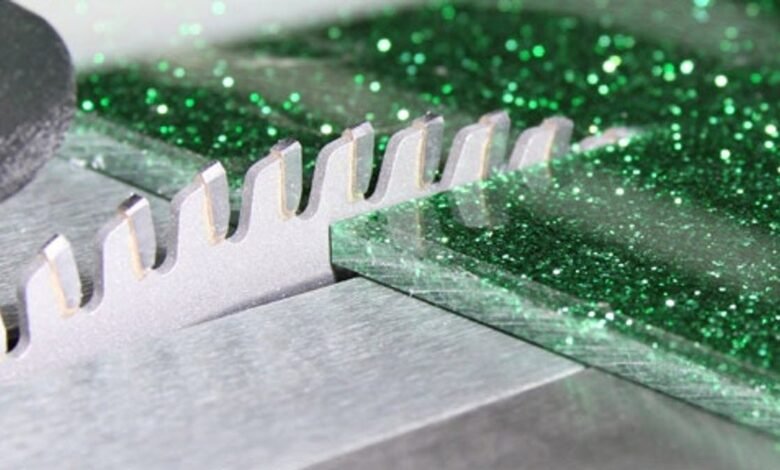

Not everything "circular" The blades are created equal. The right saw blade turns raw wood into clean, precise cuts, while the wrong blade burns, chips, or shreds material. In this guide, we’ll break down the different types of saw blades by material, machine, and tooth geometry so you can match each piece to the perfect blade and get professional results in your shop.
First: Definition: Engineering?
code engineering– The shape, angle and spacing of each tooth determines how the blade cuts, scratches or slices through materials. Choose the material geometry and cut type for cleaner edges and longer blade life.
ATB – Alternate Top Edge
Best for: Cutting wood, plywood, MDF, laminates
Each tooth is beveled alternately left and right, acting like tiny scissors cutting through the fibres.
- Clean finish, reduced tearing
- Feeding is usually slower than shredding and grinding
Pro Tip: He chooses Hello ATB For melamine/laminate when you need very clean edges.

FTG – flat grinding
Best for: Hardwood shredder
Chip material with square, flat teeth emerges directly from the slit.
- Fast, durable and effective
- A rougher surface plan to sand or plane

TCG – triple chip grinding
Best for: Non-ferrous metals, plastics and sheets
The trapezoidal “slicing” tooth alternates with a flat comb for a durable, burn-resistant cut.
- Smooth aluminum/acrylic parts
- Resists chipping and thermal corrosion

Hi-ATB – High alternative top edge
Best for: Veneer, melamine, thinly sliced
Cuts steep edges (≈30–40°) like a razor for face plates.
- Great edge quality
- It fades faster. Reserve for good work

ATB+R – mixed grinding
Best for: Use the job site for all purposes
Sets of ATB teeth followed by flat counterweights for cutting and ripping.

Hollow earth
Best for: Slices, veneer, plastic
The concave faces are cut smoothly without chipping or burning; Leaves a polished edge.

Quick engineering reference
| Grinding type | Pattern cutting | He finishes | better for |
|---|---|---|---|
| Vtg | tearing | justice | Solid wood |
| ATP | The intersection | excellent | Wood and plywood |
| Hello ATB | Cross cutting (ultra precision) | amazing | Melamine, veneer |
| TCG | Specialization | Smooth | Non-ferrous materials, plastics and sheets |
| ATP+R | mix | very good | For all purposes |
| Hollow earth | He finishes | Smooth glass | Veneer, acrylic |
Takeaway: Choose the geometry for material and He cuts. This is the shortest path to cleaner edges and longer blade life.
See our page, Saw Blade Terminology, for more information.
Hook angle (rake) explained.
While dental geometry determines how each tooth is cut,… hook angle– Forward or backward tilt of each tooth – controls how forcefully the blade feeds through the material.
- Positive hook (10°–22°): The teeth lean forward, pulling the blade into the cut quickly. Great for Softwood shredding or Fast feed rates.
- Low or neutral hook (0°–6°): Provides control Intersections or Hardwoods Where rupture is a concern.
- Negative hook (–2° to –6°): The teeth lean back slightly, reducing ‘gripping’. Ideal for Melamine, laminate, aluminum and plastic.
advice: Miter saws and radial arm saws often use negative or low binding angles to prevent the blade from feeding forcefully into the workpiece.
Clearance angles and tooth life
Each tooth also has clearance angles that prevent rubbing and burning as it passes through the cut:
- Top clearance (12° – 15°): The terrain behind the edge of the tooth, ensuring that the surface is not abraded after cutting.
- Side clearance(1°-2°): Slight taper on each side of the tooth reduces drag and keeps the blade cool.
These precise angles protect the workpiece and carbide tip. Too little clearance results in heat buildup and burning; Too much can weaken the tooth or cause it to become wobbly.
Quick reference for materials engineering
| material | Proposed geometry | Why does it work? |
|---|---|---|
| Melamine/double sided boards | Hi-ATB + negative hook + shallow esophagus | Chip-free edges and smooth surfaces on painted panels. |
| Aluminum/non-ferrous metals | TCG + negative hook + thick plate | Burn-free parts, less gripping, and less vibration. |
| Solid hardwood (shredding) | FTG + positive hook (~20°) + deep esophagus | Efficient chip removal and fast feed rates. |
| Plywood/veneered panels | ATB + low hook + high tooth count | Clean cross sections without distracting the delicate veneer. |
advice: Ideal geometry combines the appropriate tooth shape, hook angle, and gullet size of the material, not just the number of teeth.
When engineering goes wrong
Using the wrong geometry may cause jamming, burning or cracking. For example, a high positive hook on melamine may pull the board into the blade and tear the surface, while a dull edge on Hi-ATB can burn rather than chip. Always make sure the grinding tool and hook match your material and type of saw.
The right saw blade changes not only your cuts, but your work as well. Whether you’re cross-cutting hardwood, trimming melamine board, or cutting aluminum, understanding blade geometry and material matching will save you time and deliver cleaner, smoother results.
Explore our full range of Amana Tool® saw blades, and find the perfect blade for your next project.


